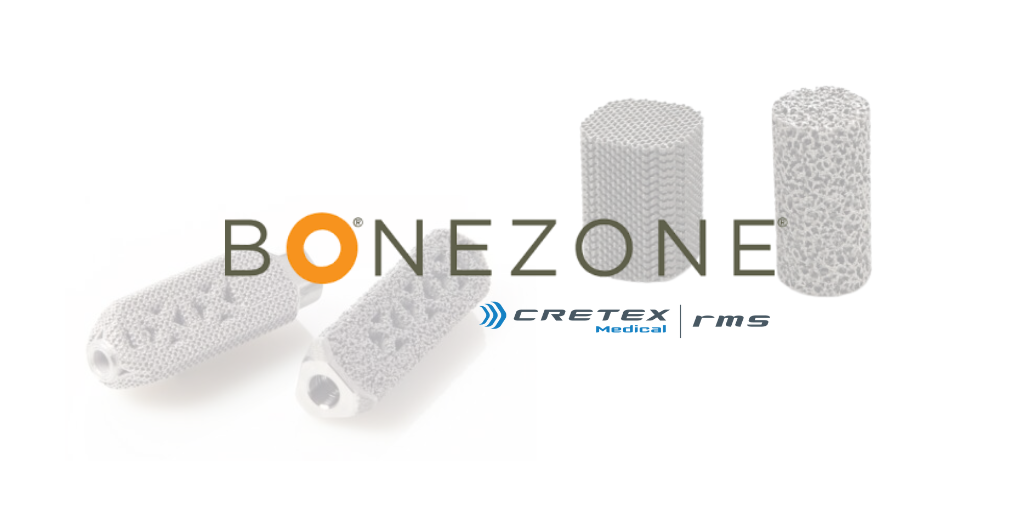
Sopheak Srun, MPH, SM(NRCM), CISS-EO, CISS-RAD, QTS Principal Sterilization Specialist
On March 21, 2019, QTS Principal Sterilization Specialist Sopheak Srun gave a presentation at the AAMI Sterilization Standards Committee Microbiological Methods Working Group (WG08) meeting in Arlington, VA, on a risk-based approach for justifying an alternative to batch release bacterial endotoxins testing.
QTS sterilization specialists Sopheak Srun and Molly Swanson have been active members of the AAMI Microbiological Methods Working Group and have been involved in a task group that is working on updating ANSI/AAMI ST72 (Bacterial endotoxins – Test methods, routine monitoring, and alternatives to batch testing). ANSI/AAMI ST72 is a U.S. standard that was last published in 2011 and sets requirements and provides guidance for bacterial endotoxins testing.
This standard is being updated to reflect current industry and regulatory expectations. One of the biggest and most controversial changes in regulatory expectations is that sterile implantable medical devices are now required to be evaluated for bacterial endotoxins as part of FDA 510(k) submissions. Many orthopedic implant device manufacturers that were previously exempt from bacterial endotoxins requirements have been unfamiliar with the requirements and best practices around bacterial endotoxins testing. As part of this, ANSI/AAMI ST72 has also been greatly expanded to provide additional guidance on how to evaluate and justify alternatives to batch release bacterial endotoxins testing (e.g. reduced frequency of testing, reduced sample sizes, testing products from product families, etc.). This new guidance also includes real world examples of how a risk assessment framework per ANSI/AAMI/ISO 14971 can be used to evaluate and mitigate endotoxin risks throughout a manufacturing process for various types of medical devices (including an orthopedic implant), and how an alternative sampling plan and frequency for bacterial endotoxins testing can be justified based on those known risks. As part of his involvement in the WG08 task group for updating ANSI/AAMI ST72, Sopheak has led these efforts to expand the guidance on risk assessments and to provide the risk assessment examples in the document.
The main objective of the presentation that Sopheak gave at the WG08 meeting was to educate other WG08 members on the expanded guidance for alternatives to batch testing. The presentation was well-received by the working group, with many working group members eagerly awaiting the updated version of ANSI/AAMI ST72 to be published. It is expected that FDA reviewers will use the new guidance and examples as a benchmark when reviewing bacterial endotoxins testing plans in new 510(k) submissions. The new version of ANSI/AAMI ST72 is expected to be published later in 2019 following another period of comment and voting.
A copy of Sopheak’s presentation slides are available for download on the Cretex Medical Resources page.
Further information on the upcoming changes to ANSI/AAMI ST72 can also be found in an article published in the November/December 2018 edition of Biomedical Instrumentation & Technology.



